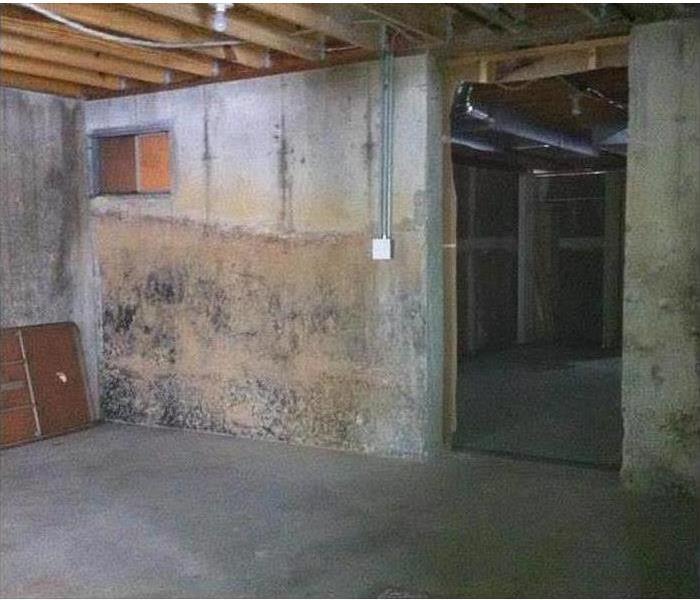How to Put a Stop to Mold Growth After Flooding
11/10/2021 (Permalink)
Minimizing Damages After Flooding
The most common natural disaster in the United States is flooding. Sadly, the damages experienced after a flood can last for several years after the water has receded. However, with quick action, you can slow down and control mold growth and reduce the effects of standing water. Follow this how-to guide to minimize damages after flooding.
Pinpoint Areas of Risk for Mold Growth
There are several spots throughout your property that could become ideal environments for mold. These may be
- under the carpeting
- in dark corners
- on wall paper
- all over cardboard boxes
- behind ceiling tiles
- on upholstery
The first action you take will be thoroughly drying any potential home for mold, so it's necessary that you identify the places most likely to encourage its growth.
Document the Damage
This step won't do much to control the growth of mold, but it may be very important as you contact mold remediation professionals or file an insurance claim. Take digital pictures with your phone or camera, detailing all of the damage and water-affected property.
Thoroughly Dry Your Property
Use as many methods of drying your spaces as possible. These options include opening doors and windows for ventilation, installing fans to increase air flow, and running dehumidifiers to pull moisture from the air. It's important to begin this process as soon as possible because mold may start growing within just 48 hours after water is present.
Remove and Discard
Many items affected by the standing water may be exposed to harmful bacteria and other dangerous substances. When you've taken appropriate steps to protect yourself, remove ruined items from the building and create a pile on your property. You may need to leave that pile there until an insurance adjuster inspects it. Any food that has been exposed to the flood water should be thrown out immediately.
Remember, it doesn't take long for mold growth to begin. Get started on remediation efforts as soon as you have the go-ahead from the proper Waleska, GA, authorities and be sure to use protective gear and safe work habits to minimize the risk of injuries and illness.




 24/7 Emergency Service
24/7 Emergency Service
